Parque Gwangnaru del Río Hangang (광나루한강공원)
18.7Km 2021-12-30
Seonsa-ro 83-66, Gangdong-gu, Seúl
El río Hangang cuenta con 12 parques que, además de Gwangnaru, incluyen los de Jamsil, Ttukseom y Jamwon, entre otros. Gwangnaru es un parque ecológico que ofrece zonas para practicar deportes y divertirse, además de instalaciones culturales.
Parque Ecológico de Amsa (암사생태공원)
18.7Km 2021-02-25
Seonsa-ro 83-66, Gangdong-gu, Seúl.
El Parque Ecológico de Amsa es gran parque escénico que posee senderos por campos naturales y otras plantas en el río Hangang. Aquí, los visitantes pueden ver el vuelo de aves migratorias en Corea. Este parque es famoso por sus bellezas naturales, que incluyen rosas silvestres, lilas y otras flores primaverales.
Garden 5 Life (가든파이브라이프)
18.7Km 2024-02-01
Chungmin-ro 66, Songpa-gu, Seúl
Chungmuro Busan Bokjip (충무로 부산복집)
18.7Km 2025-07-18
9-1, Jungdae-ro 27-gil, Songpa-gu, Seoul
Cheonghaejin (청해진)
18.7Km 2025-05-14
33 Seongnae-ro 6-gil Gangdong-gu Seoul
+82-2-484-1551
It is a 100-year-old store that has been loved by customers for a long time while maintaining its reputation for over 30 years. This Korean dishes restaurant is located in Gangdong-gu, Seoul. The representative menu is seafood pancake.
Cheonho Jjukkumi (천호쭈꾸미)
18.8Km 2021-03-29
14, Cheonho-daero 158-gil, Gangdong-gu, Seoul
+82-2-477-9994
It is a place frequented by the residents of Cheonho-dong. The best menu at this restaurant is webfoot octopus. This Korean dishes restaurant is located in Gangdong-gu, Seoul.
Yakinoyuki - Gil-dong Branch (아키노유키 길동)
18.8Km 2021-03-29
50-7, Olympic-ro 70-gil, Gangdong-gu, Seoul
+82-2-488-6923
It is a Japanese pub serving a variety of dishes. The best menu at this restaurant is grilled patagonian toothfish. This Korean dishes restaurant is located in Gangdong-gu, Seoul.
Yutaro (유타로)
18.8Km 2021-03-29
56-6, Olympic-ro 70-gil, Gangdong-gu, Seoul
+82-2-478-6999
It is a traditional Japanese ramen restaurant frequented by many gourmets. This Japanese (cuisine) restaurant is located in Gangdong-gu, Seoul. The representative menu is instant noodles.
Parque Cheonho (천호공원)
19.0Km 2021-07-01
Olympic-ro 702, Gangdong-gu, Seúl.
Ubicado en el barrio Cheonho-dong, distrito de Gangdong-gu, el Parque Cheonho es considerado como un lugar de ocio y descanso tanto para los ciudadanos como para los mayores, por sus instalaciones de conveniencia y de recreación, incluyendo la fuente musical, escenario al aire libre y otras instalaciones deportivas.
Monte Mangusan (Seúl) (망우산(서울))
19.0Km 2021-01-27
San 69-1, Mangu-dong, Jungnang-gu, Seúl
+82-2-2094-2395
El monte Mangusan cruza Mangu-dong y Myeonmok-dong en Seúl, además de la ciudad de Guri, en Gyeonggi-do. Se encuentra a 281,7 metros sobre el nivel del mar. En la montaña está el cementerio Mangu, que fue designado como cementerio público en 1933; desde entonces, mucha gente famosa ha sido enterrada allí, incluido el autor de literatura infantil Bang Jeong-hwan (Sopa), los activistas independistas Oh Se-chan y Han Yong-un, y Ji Seok-young, un lingüista coreano. Además, los restos de grandes poetas como Park In-hwan, Mun Il-pyeong, Seo Byeong-ho, Seo Ong-il, Oh Jae-young, Seo Gwang-jo y Yu Sang-gyu se encuentran allí.
En el parque también hay una calle circular de 5,2 km llamada "Camino para pensar". El nombre fue elegido en una competición pública en mayo de 1998. Gracias a sus grandes árboles y aire limpio, muchos ciudadanos visitan el parque para descansar en la naturaleza.
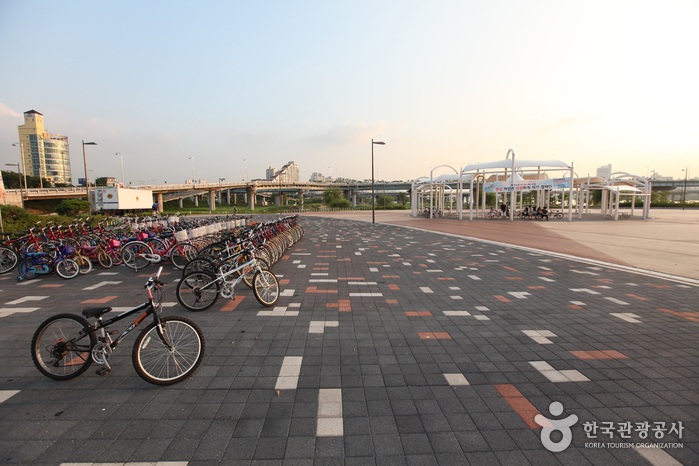
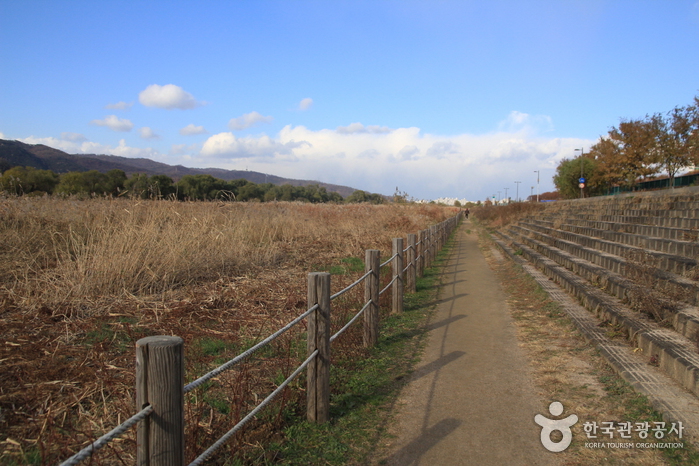
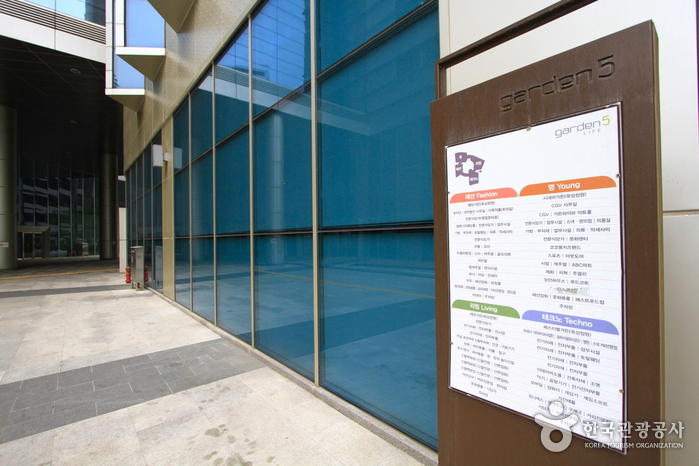

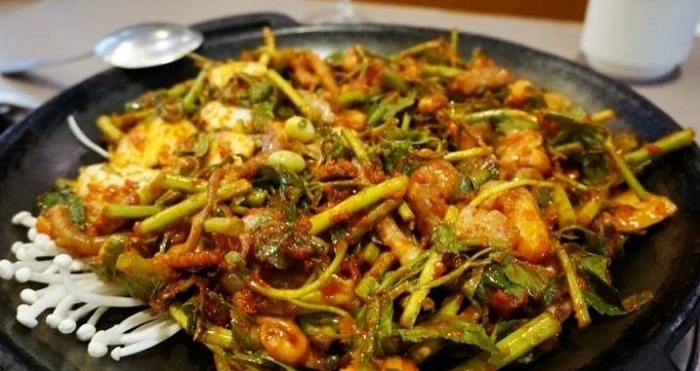
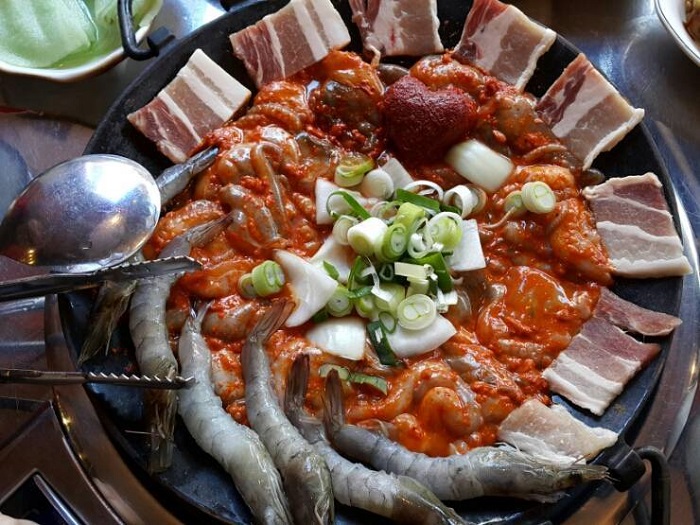
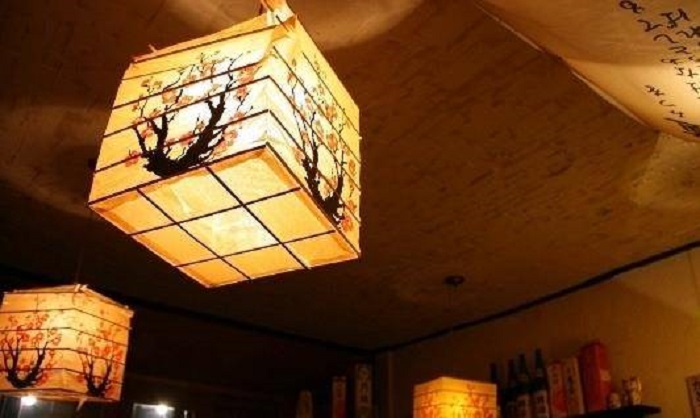
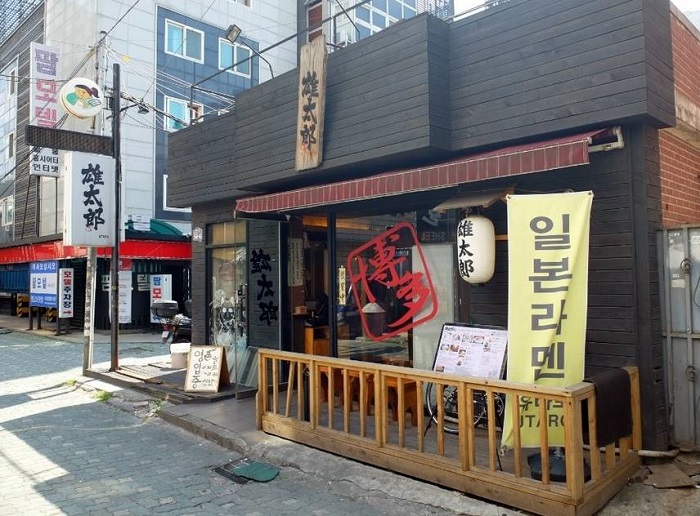

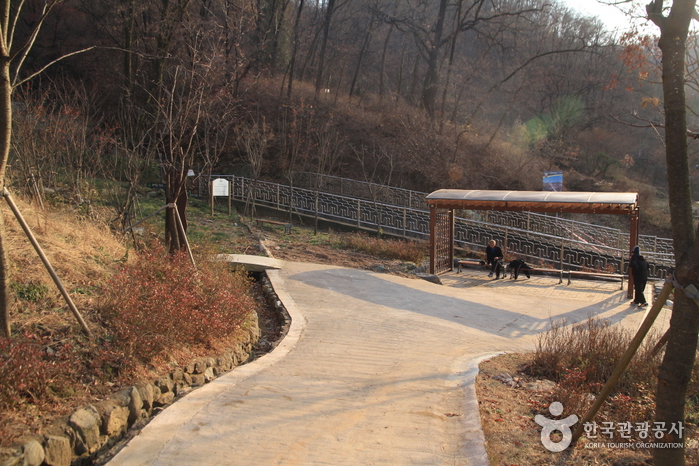
 Español
Español
 한국어
한국어 English
English 日本語
日本語 中文(简体)
中文(简体) Deutsch
Deutsch Français
Français Русский
Русский